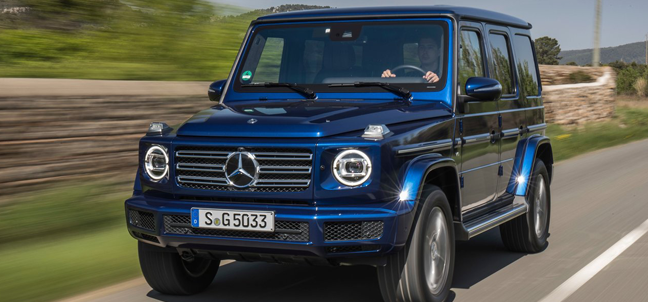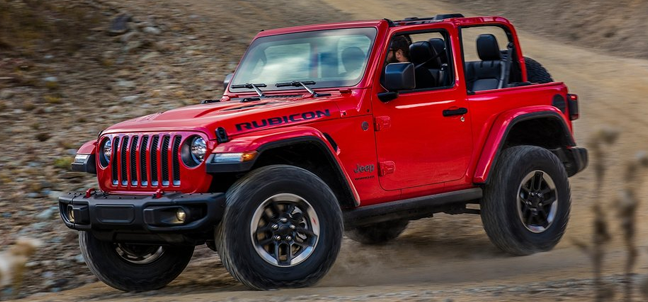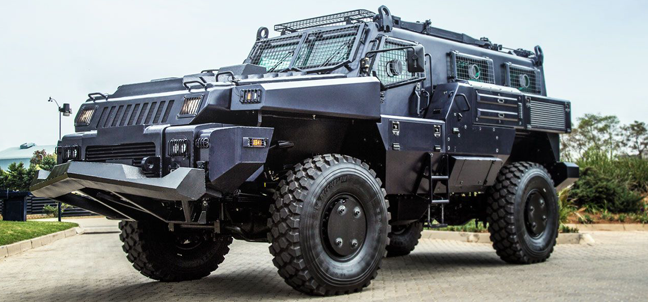We’ll be taking a look at some production cars and the military vehicles that inspired them. We’ve all wished that we could own a tank or jet fighter, and some very clever manufacturers have successfully tapped into that instinct to create some iconic cars.
Hummer H1
One of the most identifiable de-militarised production cars in popular culture, the Hummer H1 was an American icon, whether you loved or hated it. It was, of course, based on the High Mobility Multipurpose Wheeled Vehicle, AKA the HMMWV, AKA the Humvee. First used in 1989, it was made famous during the first Gulf War as it traversed the deserts of the middle east. Speaking of fame, The H1 owes its existence in part to actor and military enthusiast Arnold Schwarzenegger, who petitioned for a civilian version of the vehicle after seeing a convoy on the set of Kindergarten Cop (he even bought the first two H1s off the production line).
The public was introduced to the Hummer H1 in 1992. Measuring over four metres long, two metres wide and a lofty two metres high, it was a force of nature on the road at the time, with a 6.5-litre turbocharged diesel engine. True to its military background, it could ford waist-high water, had 16 inches of ground clearance and had tyre pressure controls that could be altered dependant on the material of the road. What people tend to remember about the H1, though, is its less-than-stellar fuel efficiency; its three-tonne chassis could barely reach ten miles per gallon, requiring a military budget to keep it tanked up.

Mercedes G-Class
Sometimes referred to as the G Wagen, the Mercedes-Benz G-Class is the H1’s smoother and smaller European brother. The public sees the G-Class as upmarket; a sign of luxury and wealth, wrapped in a rugged frame. It wasn’t always designed as such though as, unlike the H1, the Geländewagen (German for cross-country car) was sold as a civilian vehicle after it was developed for both military and public use. Its first iteration, the W460, entered the market in 1979, looking to compete with the likes of more down-to-earth Land Rovers and Jeeps. It did find success in militaries around the world – still being deployed to this day – and Mercedes-Benz even used the off-roader as the basis for its Popemobile contract. From there, it’s fame and desirability grew.
The nineties and noughties saw the now-G-Class develop into the fashion icon we know today. As the comfort grew so did the horsepower, with AMG constantly modifying and replacing the engine. The Mercedes-AMG G 63 adds a 4.0-litre twin-turbo V8 to the chassis, capable of 0-60 in 4.5 seconds. Remarkable, for a luxury SUV which has versions deployed by militaries around the world.

Jeep Wrangler
Moving into something a little more modest, the Jeep Wrangler has been a popular off-roader for decades, especially in its native USA. Its design and shape – the long nose, inset headlights and vertical grille – are what many consider defining elements of 4x4 cars. There’s a very good reason why: the Wrangler’s lineage can be tracked back to one of the most successful military vehicles of the Second World War, the Willys MB.
If you close your eyes and imagine a 4x4 in WWII, there’s a good chance you’re thinking of the Willys MB in some form. Deployed in 1941, they were extremely well-regarded by the US Army: it was a light, tough, resilient and powerful four-wheel-drive vehicle, able to be produced in huge numbers. In aid the war effort, Ford were tasked with assisting Willys-Overland with production, with their version named the Ford GPW. Many believe that “GP” is the source of word Jeep, as soldiers contracted its name on the battlefield.
After the end of the war, civilian versions of the MB eventually morphed into the public-friendly version we know today, whose looks and ruggedness still harken back to more challenging times.

Paramount Marauder
Produced by the Paramount Group in South Africa, the Marauder is an armoured vehicle capable of carrying nine passengers and withstanding a blast equivalent of 8kg of TNT anywhere on the hull. It carries an IED immobiliser, has a command-surveillance-control system installed and can be outfitted with a turret with a choice of weapons. Best of all, this 14-ton beast can be all yours – unaltered and road-ready – for $485,000.
Yes, you can privately own one a Marauder of your own – not a watered-down civilian version, but the same vehicle that’s currently in use by Singaporean, Jordanian and Nigerian security forces. You can really make a splash on your next family trip, with a top speed of barely over 70mph and a six-ton cargo allowance. Tower over the other SUVs in your neighbourhood at 2.5 metres high, with enough ground clearance to tackle any off-road situation.